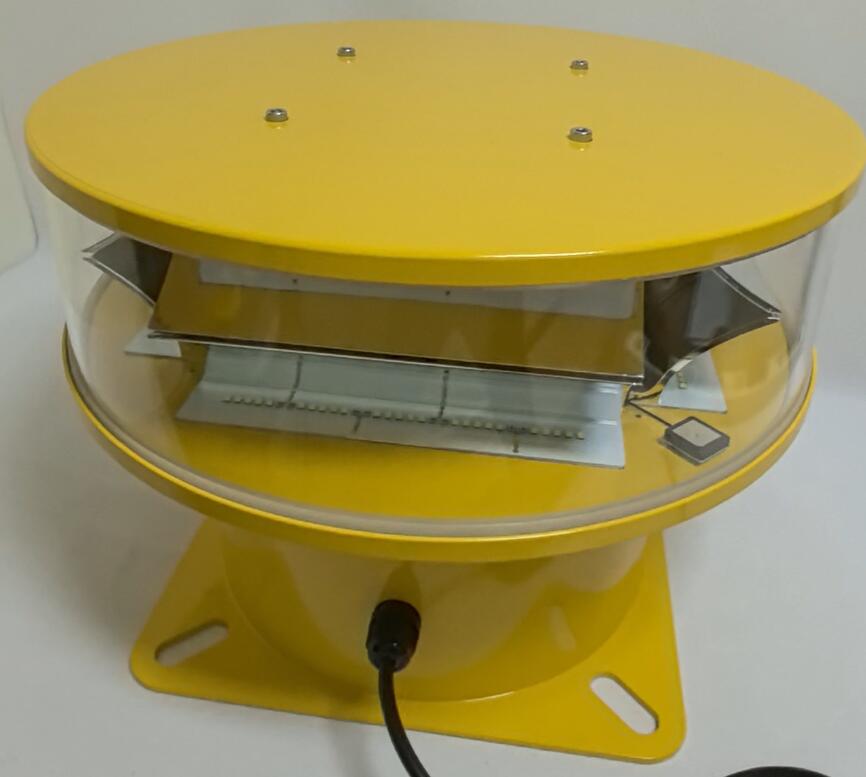Posted: 2025-04-09
In today's complex airspace, aviation warning systems have evolved from simple flashing lights to sophisticated networks that actively prevent disasters. As air traffic density increases and new aerial vehicles take to the skies, these systems form an invisible shield protecting billions of passengers annually. This article explores cutting-edge developments in aviation warning technology and their critical role in maintaining the world's safest transportation system.
The New Generation of Aviation Warning Solutions
1. Intelligent Obstacle Lighting Systems
Self-diagnosing LED arrays that report maintenance needs
Radar-responsive beacons that intensify during poor visibility

Nanocoated solar panels maintaining efficiency in harsh weather
2. Predictive Collision Avoidance
Machine learning algorithms analyzing near-miss patterns
| Aviation Warning |
4D trajectory modeling anticipating conflicts hours in advance
Blockchain-secured flight path verification systems
3. Urban Air Mobility Integration
Vertiport warning matrices for eVTOL operations
Dynamic geofencing adapting to real-time air traffic
Holographic approach guides visible only to approved aircraft
| Aviation Warning light |
Global Standards in Transition
The aviation warning regulatory framework faces unprecedented challenges:
Emerging Requirements:
Drone detection sensitivity standards (below 400ft)
Laser communication protocols for high-density areas
Cybersecurity certifications for networked systems
Regional Variations:
Asia-Pacific's focus on typhoon-resistant designs
European mandates for wildlife collision prevention
North America's push for autonomous verification
Case Study: Singapore's Smart Skies Initiative
This groundbreaking program implemented:
2000+ adaptive warning nodes across the city-state
Quantum encryption for all safety communications
AI-powered traffic flow optimization
Resulting in:
62% reduction in low-altitude incidents
40% faster emergency response
85% improvement in warning system uptime
The Human-Machine Interface Revolution
Modern aviation warning systems now incorporate:
Biometric feedback adjusting alerts to pilot stress levels
Augmented reality displays projecting warnings onto cockpit windows
Neuroadaptive interfaces that anticipate pilot reactions
Future Frontiers (2025-2035)
Self-Healing Materials
Warning lights that repair minor damage autonomously
Nanotech coatings resisting icing and corrosion
Atmospheric Energy Harvesting
Systems powered by wind shear and static electricity
Wireless power transmission between warning nodes
Cognitive Warning Systems
Emotional AI assessing pilot alertness
Context-aware alert prioritization
Implementation Challenges
Technical Hurdles:
Spectrum congestion for wireless systems
False alarm minimization in complex environments
Legacy infrastructure integration
Economic Considerations:
Developing nation adoption barriers
Lifecycle cost optimization
Insurance industry collaboration
The Safety Dividend
While advanced aviation warning systems require investment:
1spentprevents22 in accident costs (ICAO estimate)
Major airports report 90%+ reduction in runway incursions
Insurance premiums drop 25-35% after system upgrades
Conclusion: The Invisible Safety Net
Modern aviation warning systems have quietly revolutionized flight safety, evolving from passive markers to active participants in airspace management. As we stand on the brink of urban air mobility and autonomous flight revolutions, these systems will become even more crucial - and intelligent.
The next decade will see aviation warning technology transition from collision prevention to collision prediction, and ultimately to collision impossibility. In this future, warning systems won't just alert pilots to dangers - they'll work seamlessly with aircraft and air traffic systems to ensure dangers never materialize.
This invisible network of protection, constantly learning and adapting, represents aviation's best guarantee that its stellar safety record will continue even as airspace becomes more crowded and operations more complex. The blinking lights we see on towers and runways are just the visible tip of a vast, intelligent safety infrastructure that keeps aviation the world's safest way to travel.